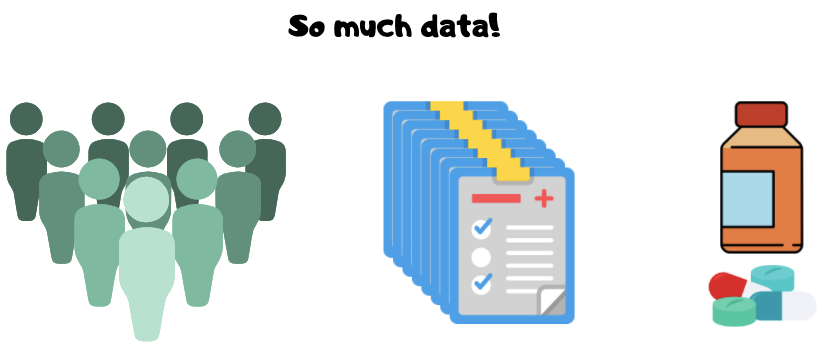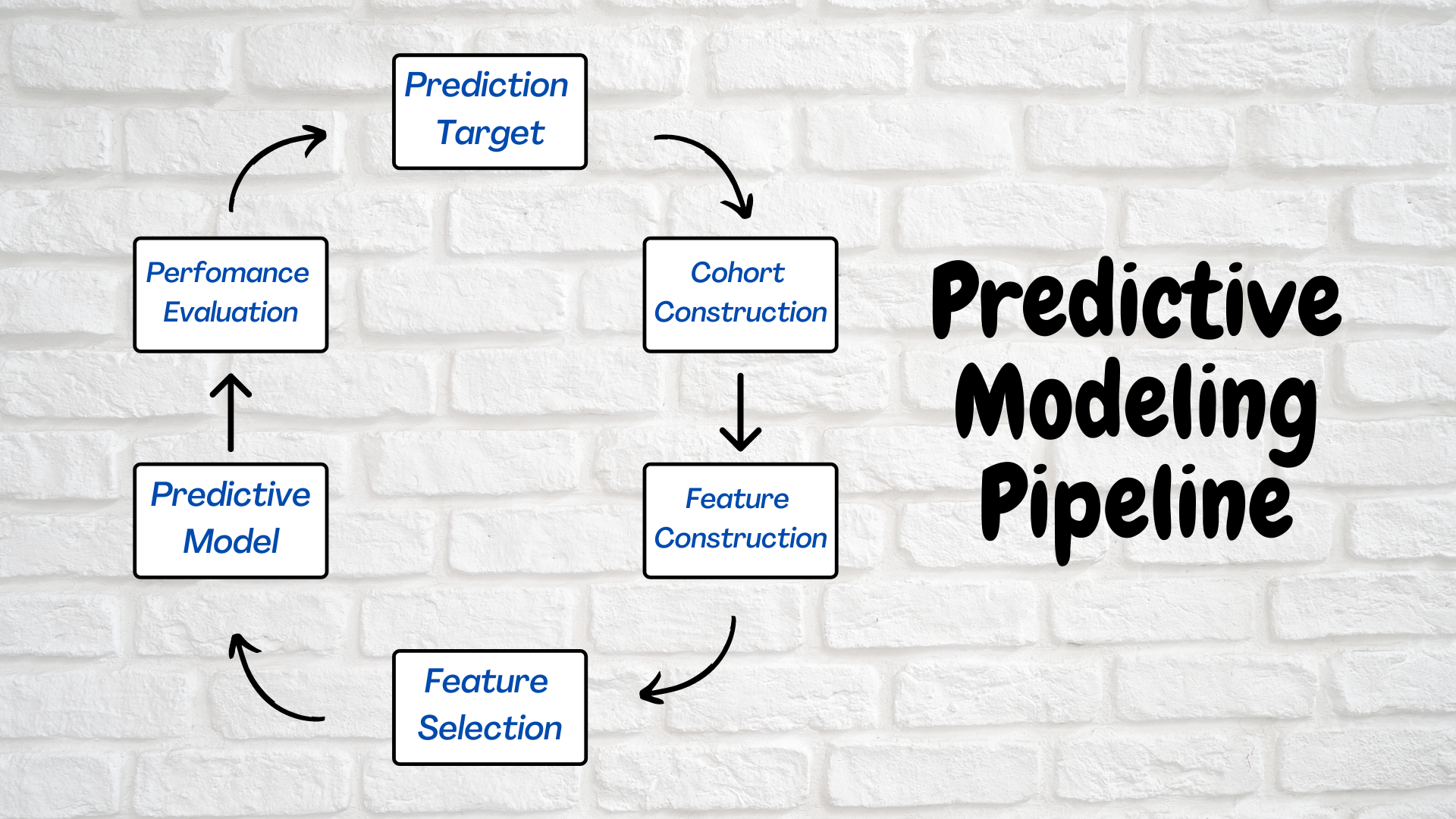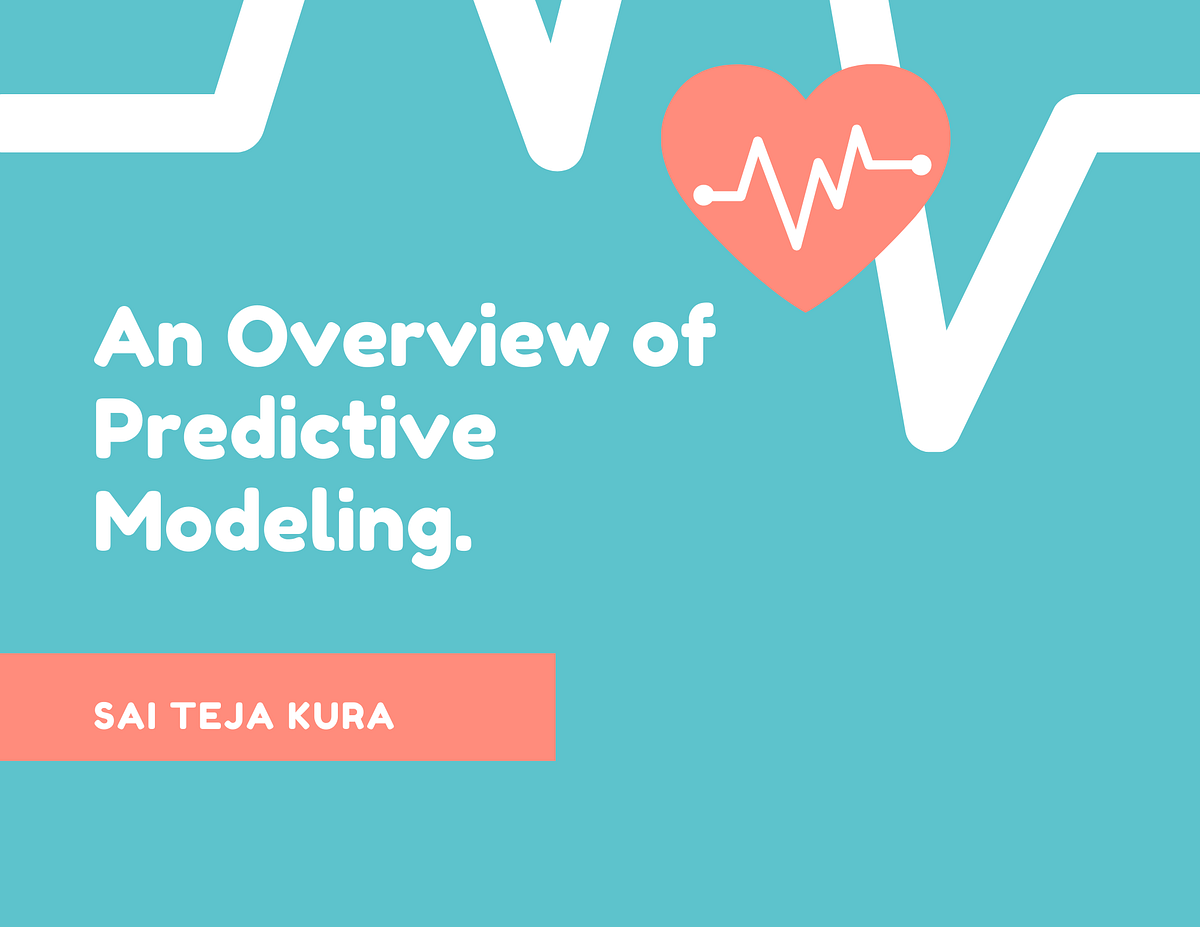TESTING! Most of us have heard this word regularly in recent times. Inadequate testing of COVID-19 patients has resulted in under-reporting of cases across the world. This also puts the healthy population at risk of getting infected. Now, what if we can predict the chances of a person being infected with a disease using previous clinical data? This is where predictive modeling comes into the picture.
Predictive modeling is a process of modeling historic data for predicting future events. For example, by using the Electronic Health Record (EHR) of patients we can create a model that predicts the patients having a risk of heart failure sooner. In this article, I will try and explain how we can develop a good predictive model using EHR quickly.
According to CMS.gov, An Electronic Health Record (EHR) is an electronic version of a patient’s medical history.
What makes Predictive modeling challenging?
We have millions of patients, their diagnosis information, clinical data, and so on. All data combined creates a big challenge. Another challenge in predictive modeling is the abundance of models to be built. Every step in the predictive modeling pipeline has many different options. It is important to choose the right one!

Designed using Canva.
Predictive Modelling Pipeline
Predictive Modelling is not a single algorithm, but a computational pipeline that involves multiple steps. First, we decide the prediction target, for example, whether a patient will develop heart failure in the next few years. Second, we construct the cohort(a group of people with a shared characteristic) of relevant patients for the study. Third, we define all the potentially related features for the study. Fourth, we select the features which are relevant only for the prediction of the target. Fifth, we compute the predictive model and next, evaluate the predictive model. We iterate this process several times until we are satisfied with the result.

Designed using Canva.
1) Prediction Target
There are often many targets, investigators want to predict using the data they have. However, only a subset of them is possible. So we should choose a prediction target that addresses the primary question which is both interesting to the investigator and possible to answer with the data available. In this article, we will be investigating the onset of heart failure which is both an interesting and potentially possible target.
#data-science #artificial-intelligence #health #predictive-analytics #machine-learning #data analytic
